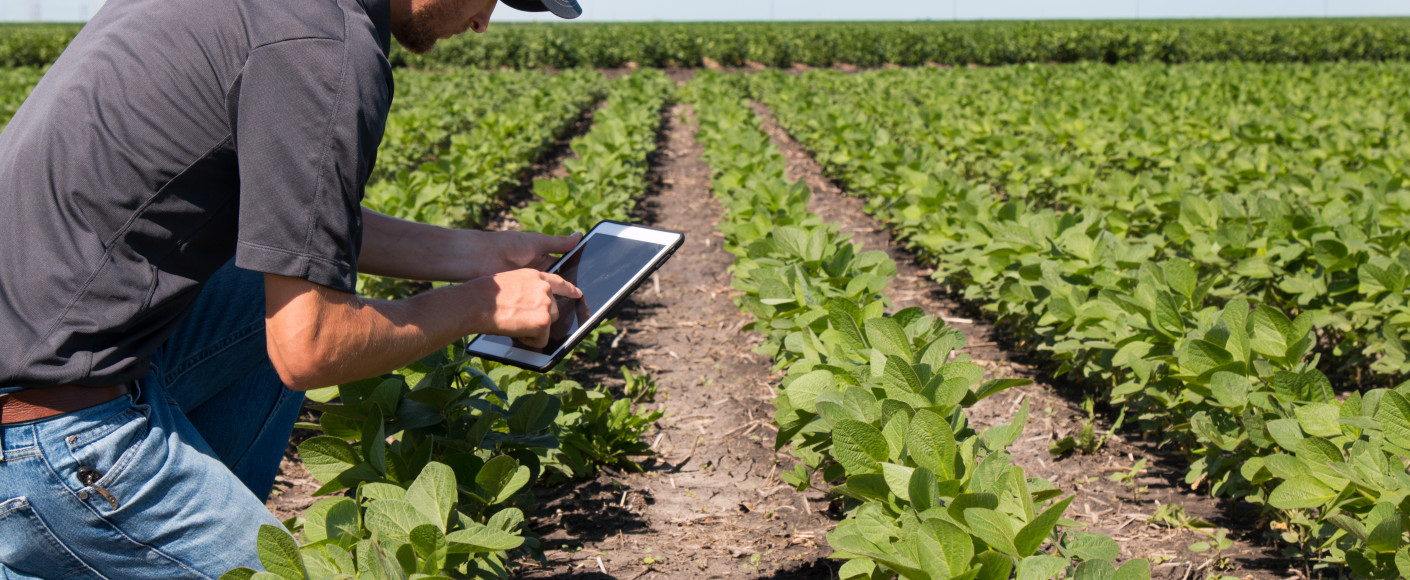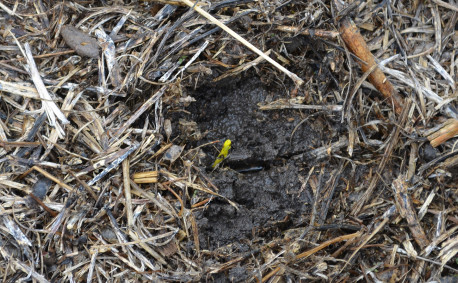How Does Ag Impact the Environment?
Agriculture and the environment have a symbiotic relationship.
Agriculture impacts the environment and the environment impacts agriculture.
Sometimes the impact is good — like when farmland provides conducive habitat for endangered wildlife.
Other times the impact isn’t so awesome — like when energy-inefficient equipment is utilized to harvest crops.
The impact — positive and negative — that agriculture has on the environment depends a lot on production practices.
The good news is, the ag industry is dedicated to sustainability and farmers take their role as environmental stewards seriously. Environmentally friendly agriculture practices are becoming more of the norm.
Sustainability Starts in the Field
Going-green government programs, tightened environmental regulations and improved equipment are all great initiatives; however, environmentally friendly production practices start in the field. Today’s farmers have access to a wide variety of environmental impact metrics to help assess their operations’ sustainability.
Tools like the Fieldprint Calculator, an online resource from the Alliance for Sustainable Agriculture, helps farmers identify areas of improvement and strategize effective game plans to ensure their farm’s footprint is minimal.
Conservation Has Its Roots in the Dust Bowl
That’s right. You can thank the Dust Bowl for modern conservation resources. In response to the Dirty '30s' severe dust storms, Congress established the Soil Conservation Service to assist agriculture producers with environmentally friendly production practices. That organization evolved into the USDA’s Natural Resources Conservation Service (NRCS). While the name has changed, the mission remains the same: partner with agriculture producers to conserve our lands and ecosystems.
Today, the NRCS offers many resource incentives to farmers, including conservation training and financial assistance.
Agriculture Is Committed To Preservation
In 2012, a study analyzed the environmental impact of six commodity crops (corn, wheat, soybeans, cotton, rice and potatoes) produced in the United States.
The 2012 Environmental and Socioeconomic Indicators Report looked at environmental data from 1980 to 2011, and the analysis revealed all six selected commodity crops were being produced more efficiently and environmentally conscious than they were 30 years ago:
- Soil erosion per unit of production improved
- Energy use and greenhouse gas emissions per unit of production decreased
Even though ag is producing more crops per acre, industry-linked negative environmental impact has decreased.
Way to go, ag!
Throughout the years, the environmental effects of modern agriculture production have sparked many heated discussions. Soil erosion, water conservation, energy use, greenhouse gas emissions and wildlife preservation are just a few of the concerns voiced.
Thankfully, the agriculture industry has responded by demonstrating its commitment to our earth.
Remember: Agriculture impacts the environment and the environment impacts agriculture. As stewards of the land, environmentally conscious farmers can produce the food we need to remain healthy in a healthy world.
Want to learn more? See other ways ag is going green here.




